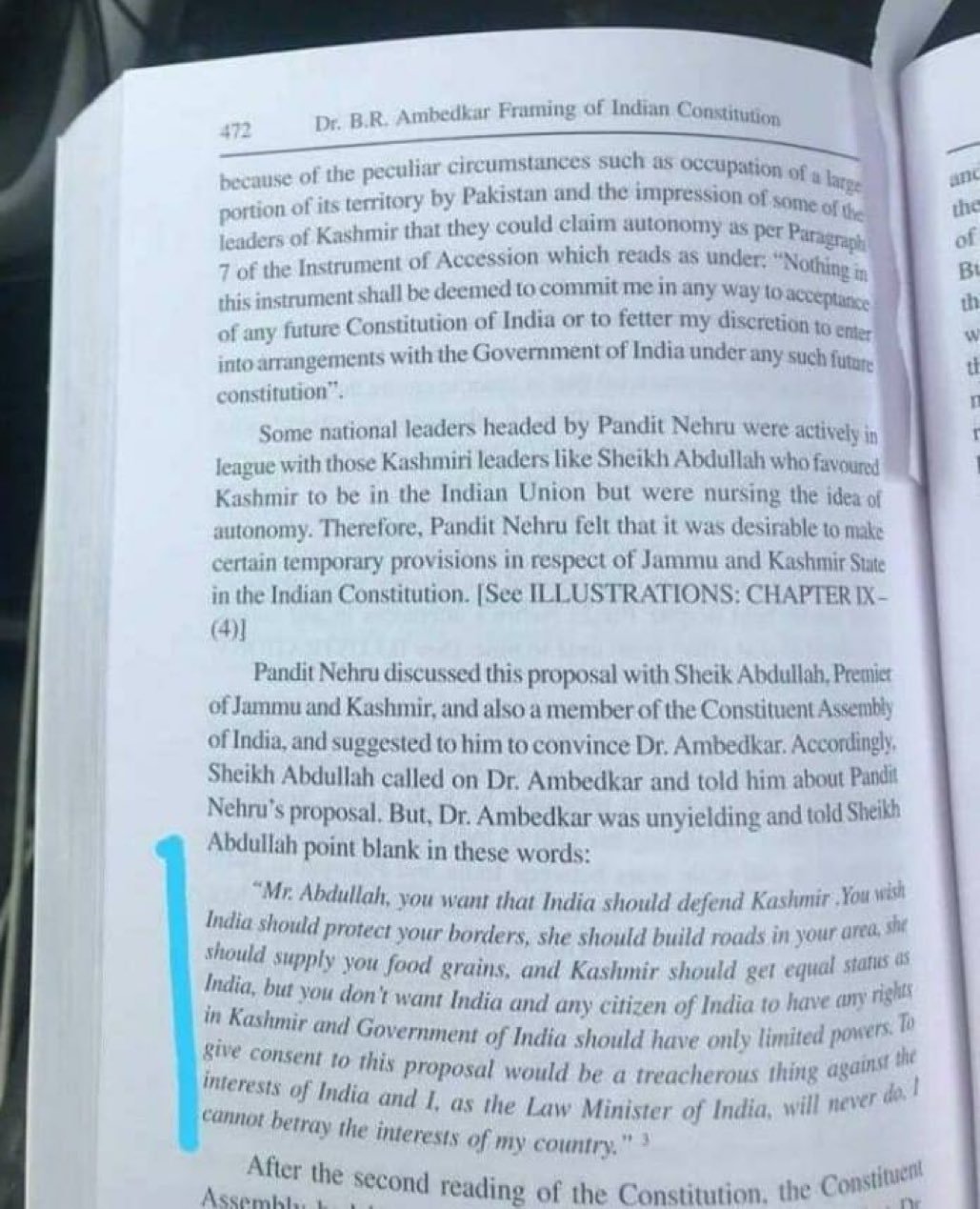Vayutuvan ji,
PVN did this because the POW is toothless law/act.
Whatever anyone may say, PVNR was the most intellectual of any of India's PMs. The man was an erudite scholar, an accomplished linguistic and a philosopher of repute, and also a man with deep religious convictions. He would not have passed an act like the POW, if it were capable of doing any real harm to the Sanatani Dharma.
He was also a very astute politician who would have seen through the mafia family, their BIF Backers, and their game plan
Remember how he was insulted, even in death, by the gori mafia and that scum ysr. That was a needlessly extreme reaction, as also a very vengeful one, but those genes are culturally so very different from the normal Sanatani genes. The mafia also went after APJAK with a similarly spiteful appetite
There is another much older act called the ASI act
Under that act, even your house, if over a hundred years old and has some cultural or some other remarkable value, it can be declared as "an ancient monument" and will be "protected" by the GoI, and the authority to do that is vested in a statutory body: National Monuments Authority (NMA). The AMASR Act defines an “ancient monument” as any structure or building, cave, sculpture, inscription, or monolith that is of historical, archaeological, or artistic interest.
This covers religious sites/buildings too, if they have any historical, archaeological, or artistic interest
Ancient Monuments and Archaeological Sites and Remains (AMASR) Act
The Indian government, in March 2023, announced plans to review the legal issues affecting construction-related activities around protected monuments and sites. This move is aimed at allowing infrastructure-related work while preserving the rich heritage of the country.
About Ancient Monuments and Archaeological Sites and Remains (AMASR) Act
The Ancient Monuments and Archaeological Sites and Remains (AMASR) Act is an important piece of legislation in India that aims to preserve and protect the country’s rich heritage and cultural assets.
The act was passed in 1958 and has since undergone several amendments to keep pace with changing times.
Overview of the AMASR Act
The AMASR Act defines an “ancient monument” as any structure or building, cave, sculpture, inscription, or monolith that is of historical, archaeological, or artistic interest.
The act aims to protect such monuments and ensure their preservation for future generations.
It applies to all monuments that are over 100 years old, whether they are in public or private ownership.
The act prohibits any construction activity or alteration to the protected area around ancient monuments without the approval of the National Monuments Authority (NMA).
This protected area is defined as a 100-metre radius around the monument, and a regulated area extends up to 200 metres beyond that.
The NMA is the regulatory authority responsible for implementing the AMASR Act.
It is a statutory body that oversees the protection and preservation of ancient monuments and archaeological sites in India.
It is empowered to grant permission for any construction or developmental activity within the protected and regulated areas.
Current restrictions on construction activity near protected monuments:
The Ancient Monuments and Archaeological Sites and Remains (AMASR) Act prohibits construction within a 100-metre radius of protected monuments and has strict regulations for construction permits in an additional 200-metre radius beyond that.
All 3,696 protected monuments in the country fall under this prohibition and require specific approval from the National Monuments Authority for any construction or related activity in these areas.




